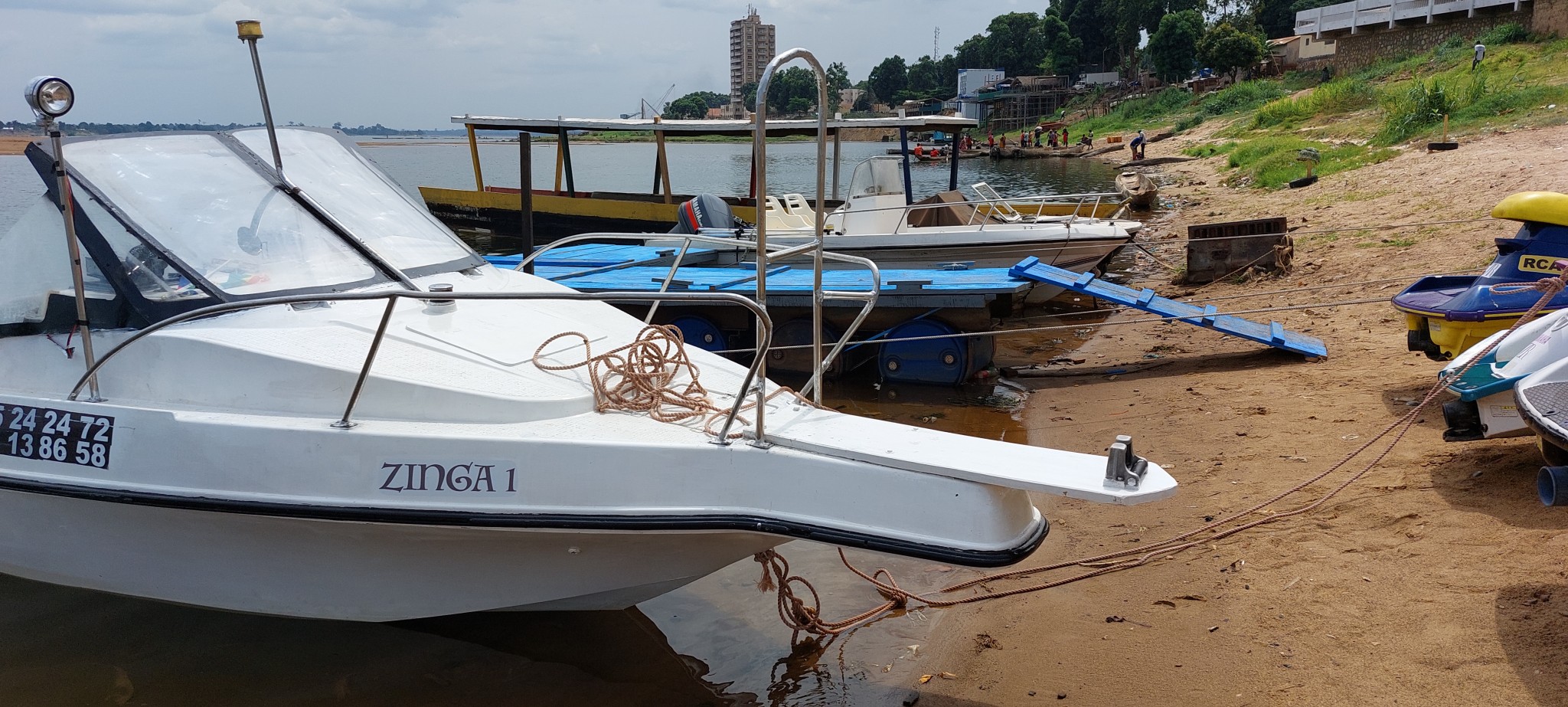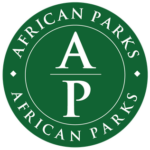

Please, know that the itinerary is a rough indication on how the programme will look like, but it can change. Allow yourself a buffer day in Bangui just to be sure. We ask you to bring your camping gear, extra water and snacks.
For this trip we’ll explore the southern Lobaye Region where we will visit villages and natural sites. We will camp and either cook ourselves or eat at local initiatives. We ask you to bring your own camping gear. It is advised to bring extra water and snacks.
Day 1: Zinga
Today we’ll take a boat from Bangui to the village of Zinga and go visit the old train station and observe the old locomotives.
The village of Zinga is located south of Bangui and is located at the confluence of the Lobaye and the Oubangui. It is a village about 1km long and 300m wide. The houses are traditional huts made from local materials (raffia palm roof and mud walls). Bordering the right bank of the Oubangui, Zinga is however distinguished by modern infrastructures inherited from its colonial past.
Indeed, the Compagnie Générale de Transport en Afrique Equatoriale (CGTAE), a river transport company had built a six-kilometer railway, connecting the villages of Zinga and Mongo in the 1920s and whose operation ceased in 1960. This railway was a palliative to the problem of navigation on the Ubangi and the supply of the interior territory of the French colony, in particular the Ubangi-Chari and Chad. Also, it was a solution to the recurring problem of porting in Oubangui-Chari. A load break occurred during low water at the Zinga threshold, requiring a transshipment from Congo or Bangui. Goods and passengers alighted from the large steamers below the threshold and boarded smaller ones upstream in the village of Mongo.
The remains of Zinga consist of a hangar containing two locomotives, eighteen flatbed cars and two passenger cars. They also include two warehouses, two dwelling houses, the wreck of a steamboat named “Le Gouverneur Lamblin” and two boats forming the relics of the activities of this period between the wars which lasted until 1960. Docks constructed of concrete complete the installations. The Mongo terminus has two warehouses and two residential houses.
However, the degradation of the Zinga site has started. The railway does not exist any more but it is materialized by a line of dry stones which constituted its base. The wagons located on the rails in the starting position are completely oxidized just like the machines.
The hangar is also beginning to deteriorate. Its metal profile structure still supports and maintains the building.
Day 2: Zinga and River
We will continue to discover the area and visit the local village as well as go on the Ubangi River. We’ll stay somewhere in the region while camping and eating local meals.
Day 3: Back to Bangui
Today we’ll take the boat back to Bangui. End of tour.
Includes:
– Full board accommodation
– All activities as described
– Park entrance fees
Doesn’t include:
– Accommodation in Bangui
– Airport transfer in Bangui
– Activities in Bangui
– Drinks
– Tips and gratuities









